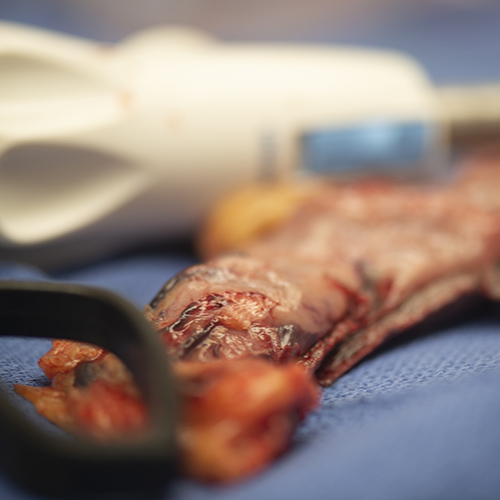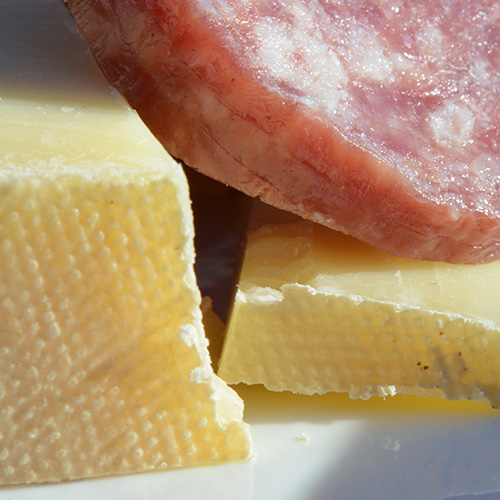The first part of the small intestine is referred to as duodenum. It is around 9 to 11 inches long and is followed by the jejunum and the ileum. It is the shortest and widest part of the small intestine. It is a C-shaped structure that is located in the upper abdominal area near the midline. The partially digested food mixed with acid is passed to the duodenum via the pyloric sphincter. In the duodenum the food is mixed with bile (secreted by the liver and stored in the gallbladder) and digestive juices from the pancreas. The absorption of various nutrients such as the minerals and vitamins starts in the duodenum. Due to the exposure to acidic contents of the stomach, the duodenum, especially the upper segment is quite prone to develop peptic ulcers, a disease that is characterized by symptoms of abdominal pain, regurgitation of food, weight loss, and loss of appetite.






